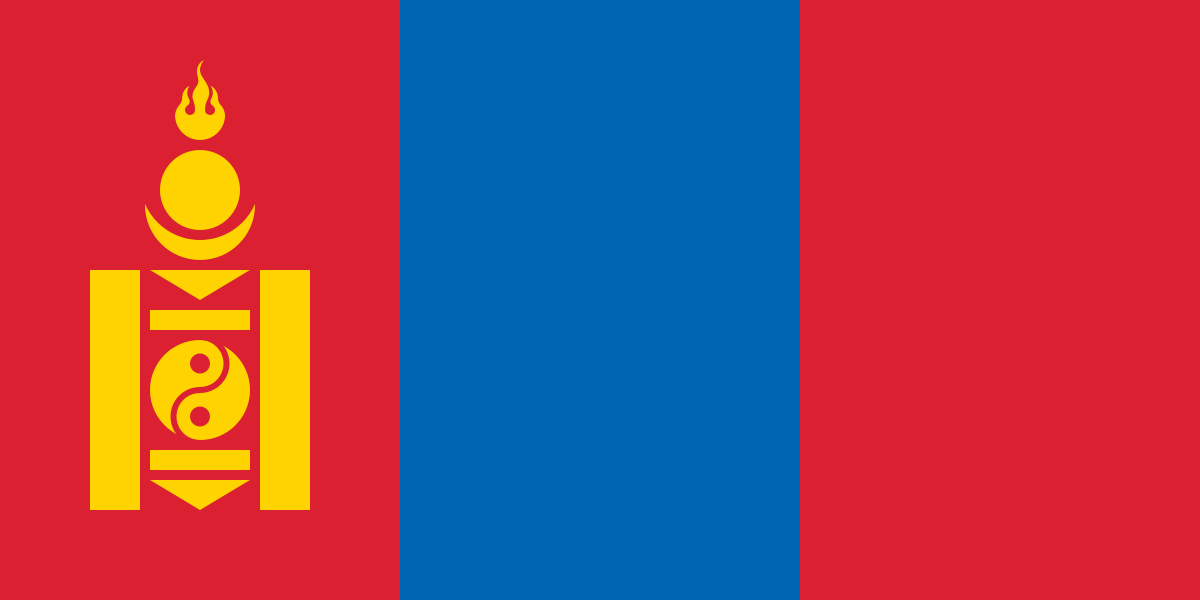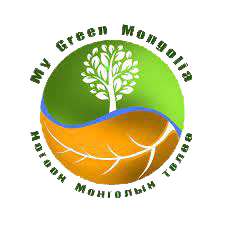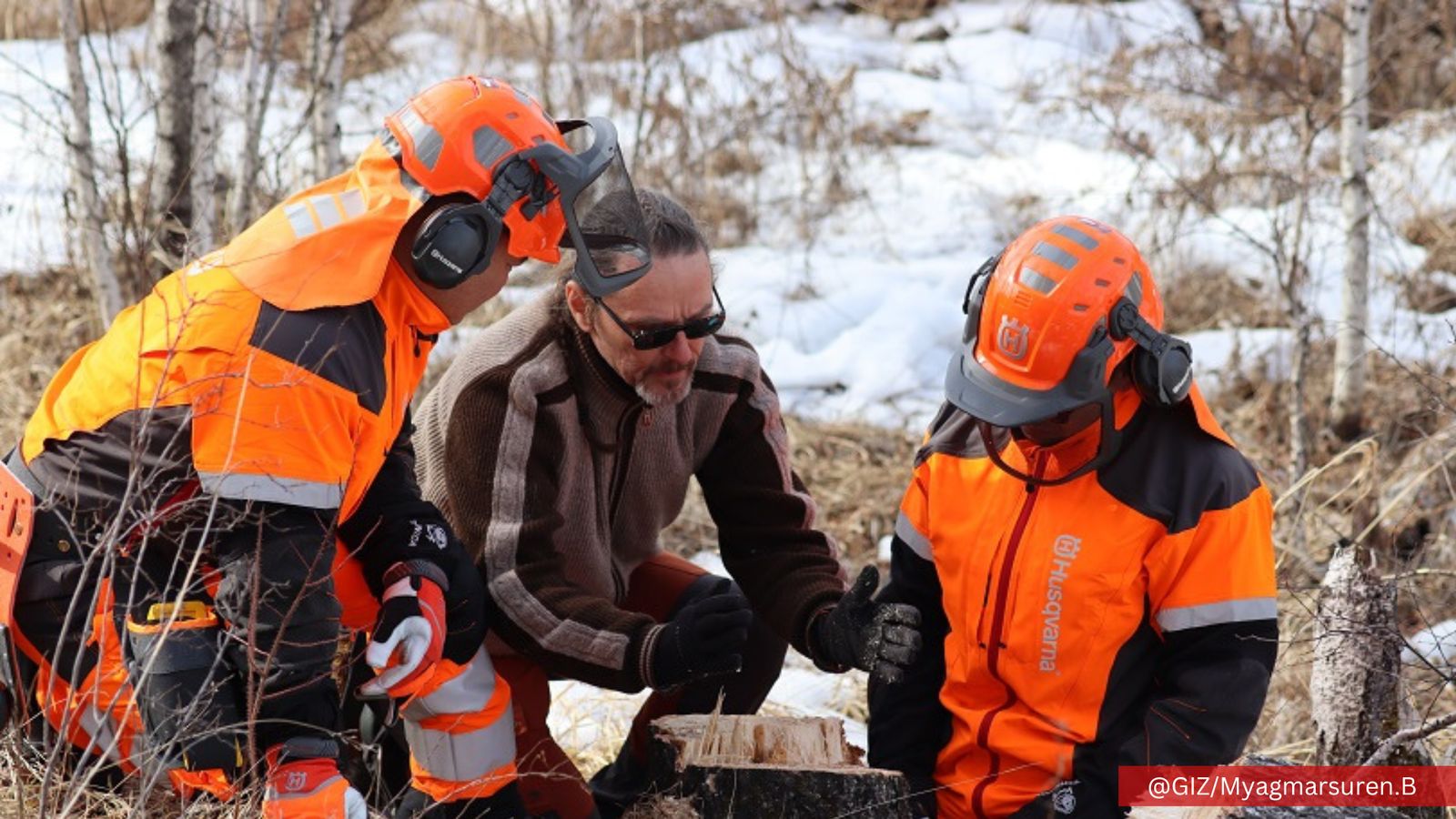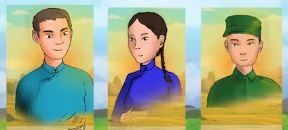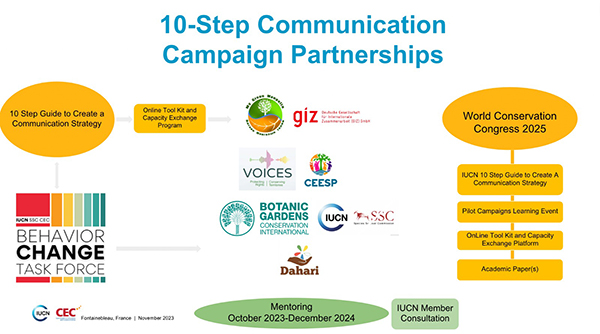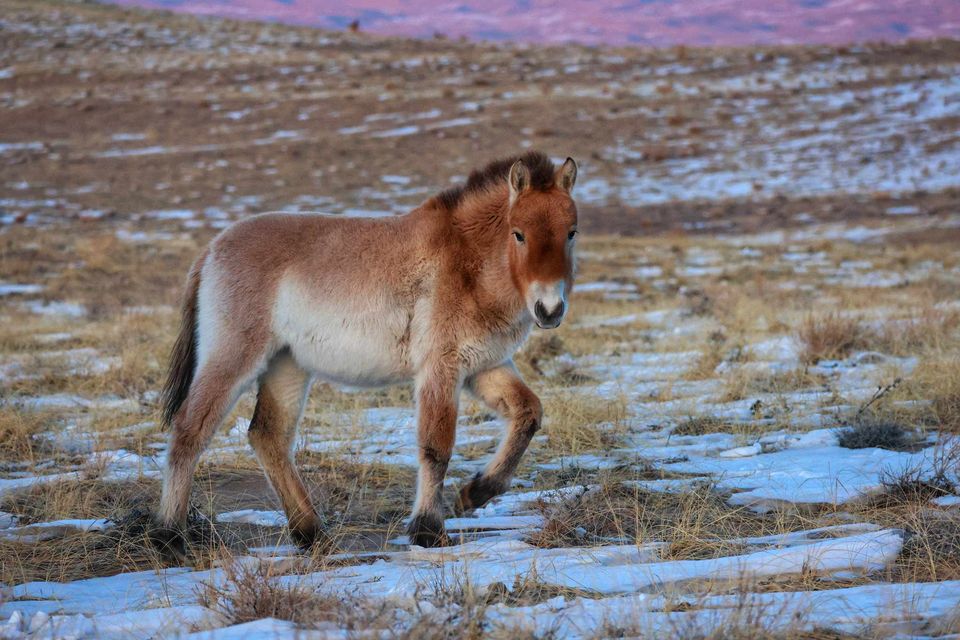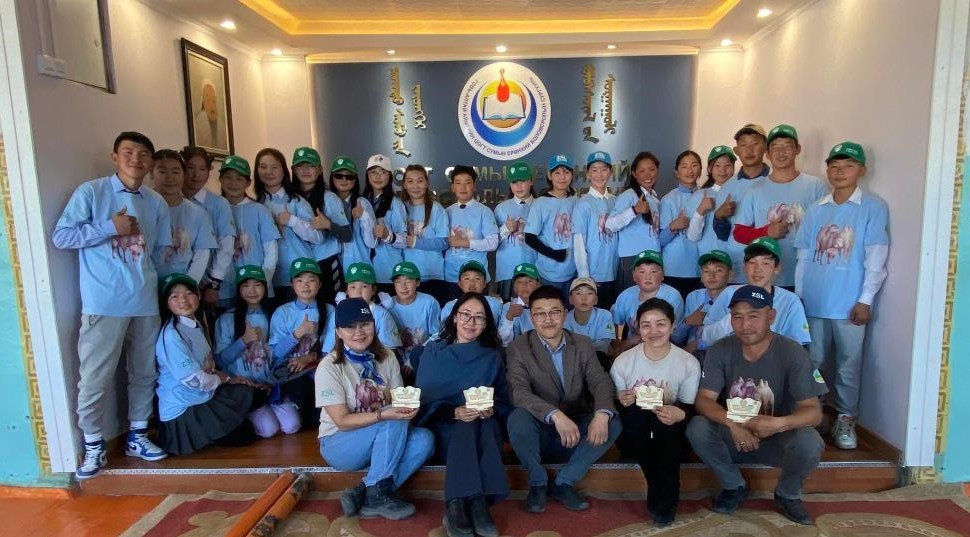Environmental Communication for Protected Areas in Mongolia
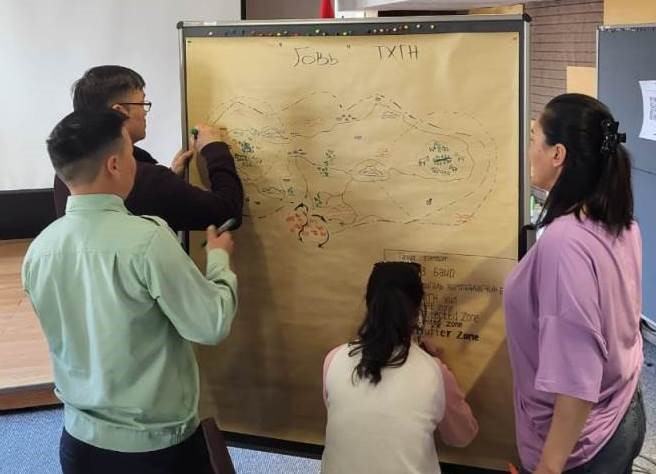
In April 2022, a 2-day workshop by German expert Holger Thomsen
for more than 30
protected areas (PAs) communications officers identified
best-practice
examples of communication activities in PAs and developed
draft communication plans for three “virtual” protected areas in the
“Northern”, “Gobi” and “Western Steppe” areas based on a 10-step
approach recommended by OECD-DAC. This peer-to-peer exchange familiarized
participants with the draft National Environmental Education and Communication
Strategy (NEEC) and encouraged them to develop their own local communication
strategies.
On Day 1, three working groups used an
executive summary of the NEEC to make their comments and develop ideas for
improvement. They emphasised the fact that PAs lack political, administrative,
and financial support both on national and on local level. This was identified
as the main obstacle to successful environmental communication. They also
underlined the need for additional trainings on topics related to communication
and public relations, e. g. graphic design, photography, and social media
management.
Four working groups were formed
randomly. Together, they prepared a best-practice examples of successful
communication activities in PAs, e. g. activities for the protection of
vultures, and awareness raising events for herders and visitors. This very
interactive point on the agenda was much appreciated as it allowed the
participants to learn from each other.

